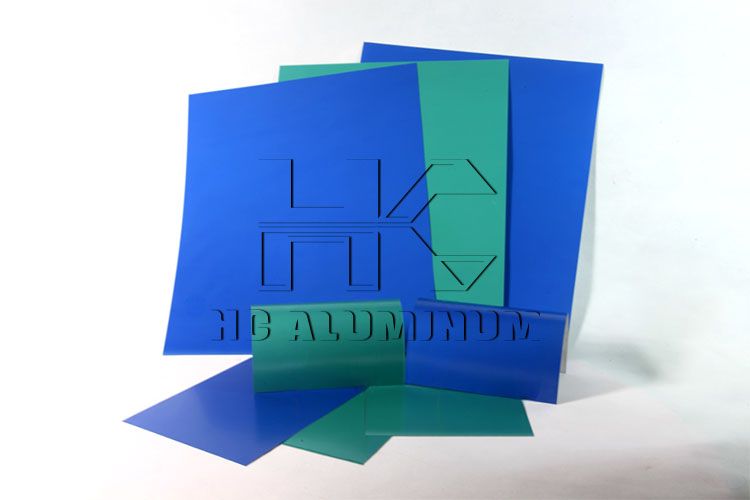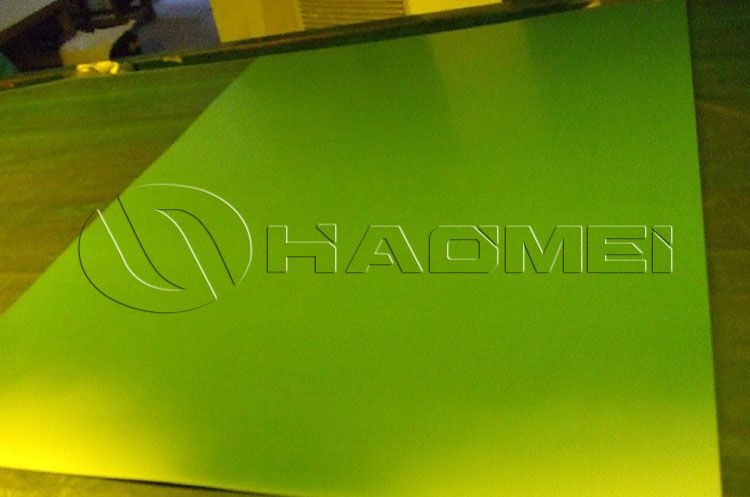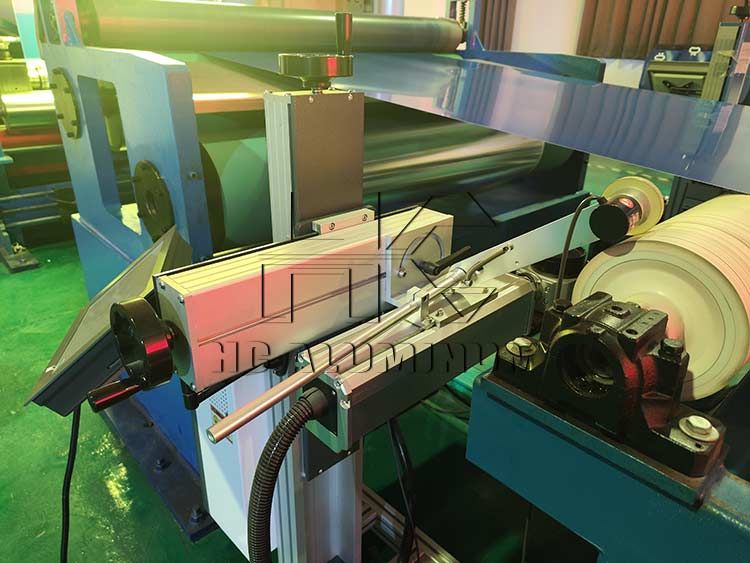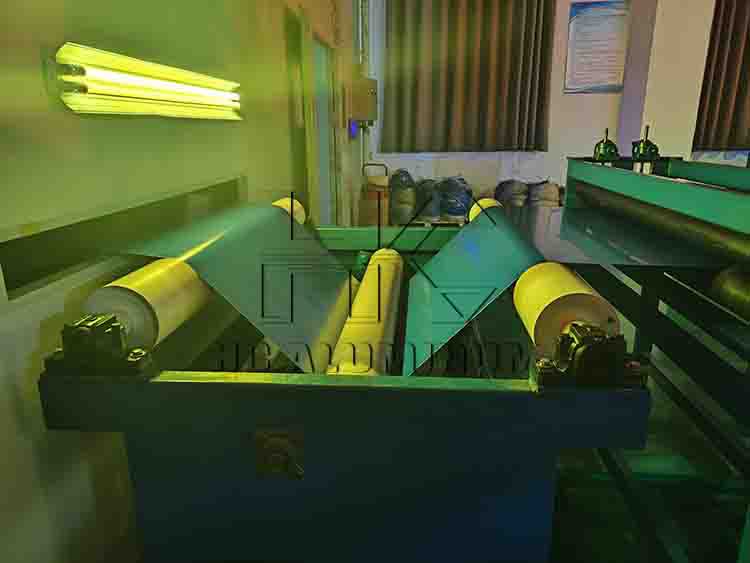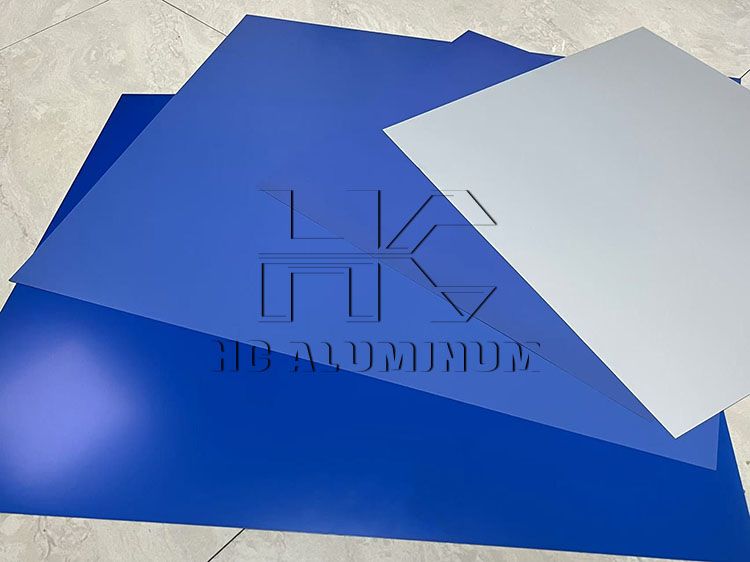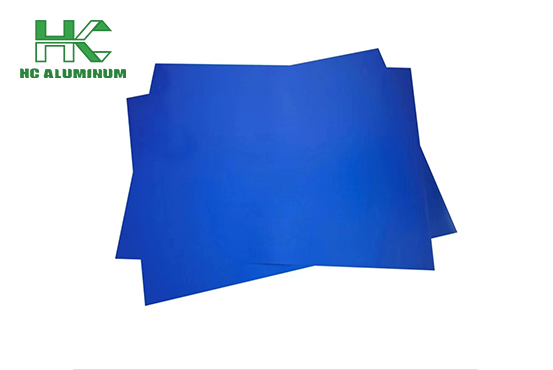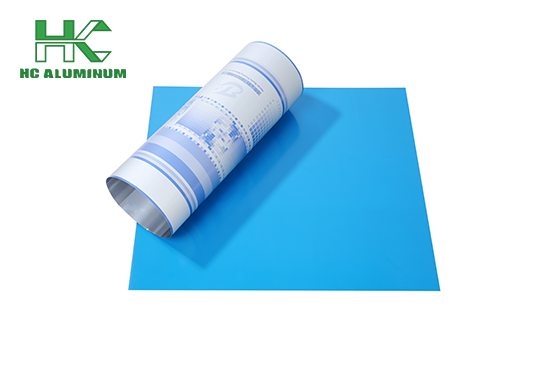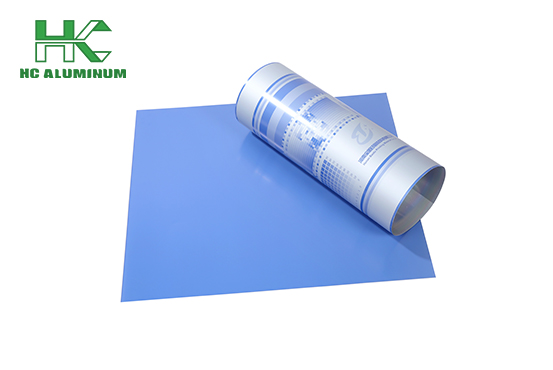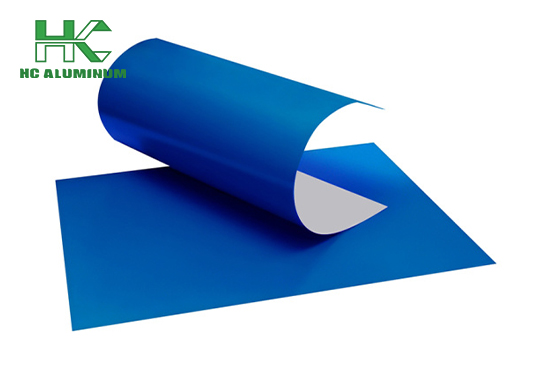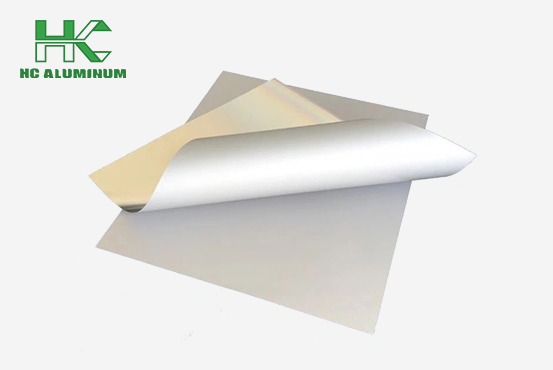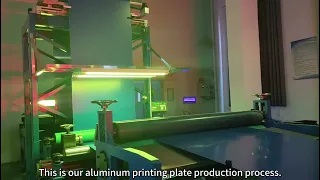Metal Printing Plate: Processless Printing Plate
Depending on the printing method and printing needs, printing plates can use a variety of different materials. Metal printing plates mainly include aluminum plates and zinc plates. Zinc plates were once used in lithography, but are now gradually replaced by aluminum plates. Zinc plates are relatively soft and easily worn, but their cost is relatively low and they are still used in some small-scale printing.
The aluminum printing plate is one of the most common printing plates and is widely used in offset printing (lithography). Its surface is treated so that it can be combined with photosensitive materials to enable the image to appear on the plate. Aluminum plates have a long service life and are suitable for mass printing.

PS and CTP plate are usually aluminum printing plates. They have the advantages of high printing quality, strong printability, good environmental protection, reasonable cost, high resolution, fast speed and strong reproducibility. Compared with other plate bases, aluminum plate substrates have occupied a dominant position in printing plate substrates due to their light weight, high strength, moderate wear resistance, good hydrophilicity, high stability and easy surface treatment.
The emergence of CTP plates has greatly simplified the platemaking process and effectively improved work efficiency. CTP plates can be further divided into thermal CTP plates, UV-CTP plates, and process free ctp plates.
Affected by the need for digital networking and environmental protection, offset printing plates will develop in the direction of digitalization and greening, and environmentally friendly plates represented by wash-free and treatment-free will usher in good development opportunities.
The processless printing plates do not require chemical reagents to wash the plates, avoiding the use of volatile and environmentally damaging chemicals, and are therefore more environmentally friendly.
Processless CTP plates help provide non-ablative, negative offset printing plates and high chemical resistance properties. These factors make wash-free CTP plates a sustainable choice and have significantly increased their demand in the commercial printing and packaging industries.
Choosing a suitable free-processing CTP plate is very important for printing companies. When choosing free-processing CTP plates, you must first understand the principle of free-processing CTP plates, have a knowledge of what type of free-processing CTP plates you are going to use, and then choose the appropriate type of free-processing CTP plates according to your own production and process flow.

